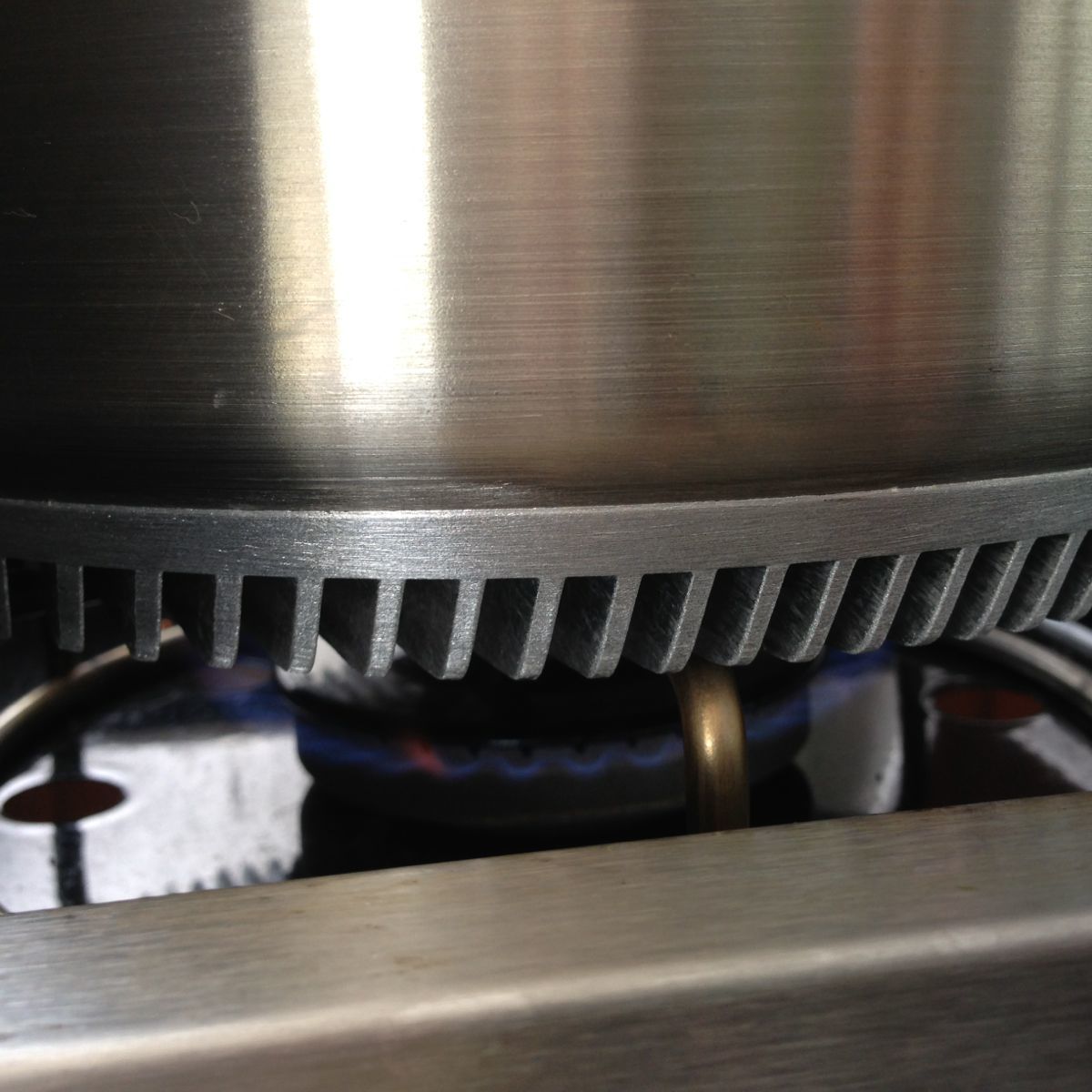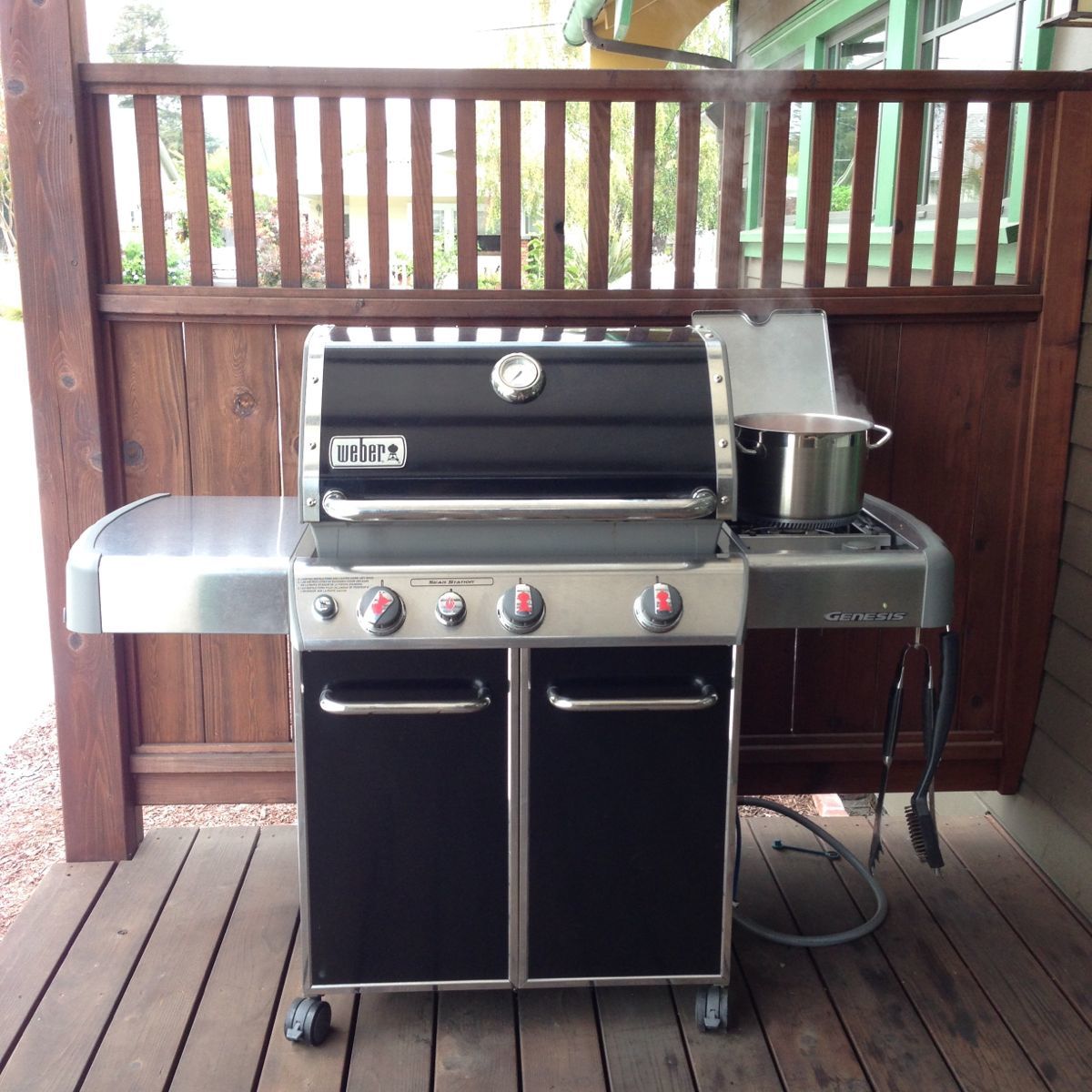When bought the 88-year old bungalow in 2010 we didn't know about Passive House. Up until then, our notion of green sustainable house had been to install solar panels, use recycled materials, and use low flow water fixtures. I didn't "get" the importance and the advantage of having the house built like a thermos rather than a coffee maker. At that time, I felt that a green home was focused on using the materials considered green. Nobody we talked to seemed to be focused on the actual performance of the house.
We stumbled across Passive House in March of 2010 through a casual conversation. At first it didn't seem remarkable. We thought it was a type of passive solar home. We didn't quite get it because we didn't know the difference between site energy and source energy. Nor did we appreciate the fact that energy not used onsite is better than renewable energy produced onsite. It was before tools like this video that explains passive house in 90 seconds was out on YouTube.
It took a formal presentation that showed Passive House was based on solid building science and had an amazing track record before the light bulbs went off. We finally "got it"at the Passive House workshop in September 2010, six months after we first heard about Passive House. The case studies shared at the conference sealed the deal. You know that marketing saying about how a prospect needs to hear it 7 times before they take action? It was true for us. We needed to hear the message more than once before we got it.
Here is a short excerpt from chapter 3 of Midori Haus book:
I get that. Running various what-if scenarios using software makes sense. What I didn’t get was what these numbers meant. I wasn’t impressed when I first heard of 15 kWh/m2 for heating and cooling per year to keep the house at comfortable 68°F. Without context the impressive benchmark information can simply breeze into one ear and escape from the other ear without the light bulb of comprehension turning on. It clicked for me when I saw the results from the case studies of homes built to Passive House Standard. Over and over these houses showed impressive results: 80 percent less energy use throughout the year than new homes built in the conventional way. It’s pretty convincing when the source of the data is the utility bills and the logs of temperature data corresponding to the billing period, which showed that the house was indeed comfortable. It wasn’t a case of vigilant people piling on sweaters and turning down the heat in the winter or living in a sauna during the summer for the sake of energy efficiency. They were just as comfortable, if not more, as people living in homes using 80 percent more energy.
Once we got our head wrapped around the Passive House concept of how it could save lots of energy we were delighted to discover the icing on the cake - healthy indoor air quality and thermal comfort. Now we could see that Passive House would be our secret sauce for our green remodel. We got excited about transforming our old house from energy obese to energy svelte! We loved the idea of an old house with the look and feel of early 20th century architecture having the performance that far exceeds most new construction today.
Having lived in a Passive House for over 2 years I'm appreciating another benefit I've not thought about before: I don't have to actively do things. Unlike taking out the recycling bin to the curve every week or consciously driving at a speed that optimizes fuel efficiency, I don't have to actively do things to make Passive House work. It goes on saving energy day after day.
Here's an opportunity for you to "get" Passive House. In November 2015 you can learn about Passive House at the Building Carbon Zero California conference on November 13, 2015. Perhaps you'll find Passive House to be the essential first step towards your Net Zero Energy home. It's even better when you can tour many Passive House buildings in Palo Alto on November 14, 2015 to feel the comfort. Also, we invite you to see our 93-year-old house performing beautifully as a Passive House on November 15, 2015.
Do you want to hear stories on how we gathered information and managed the transformation of our 90-year-old house? Sign up for the mailing list to be notified about the Midori Haus tours.

